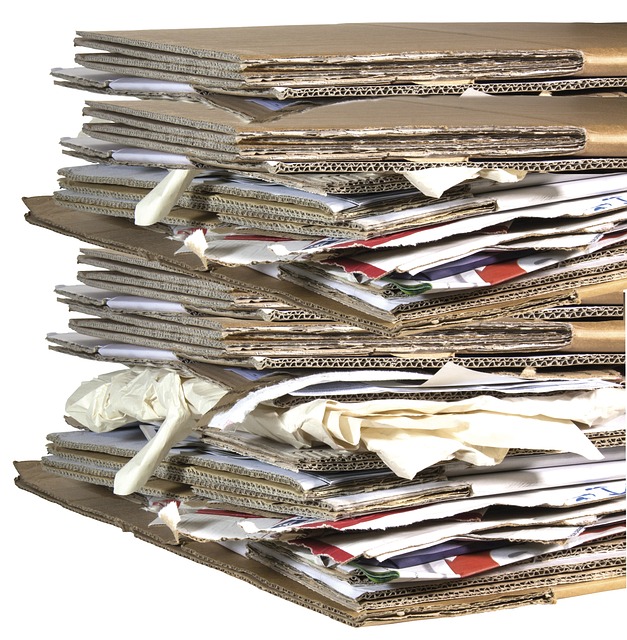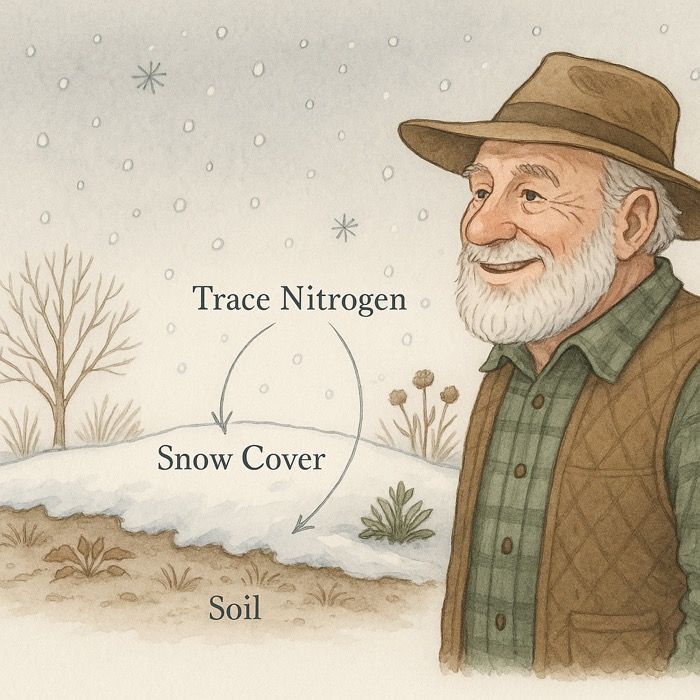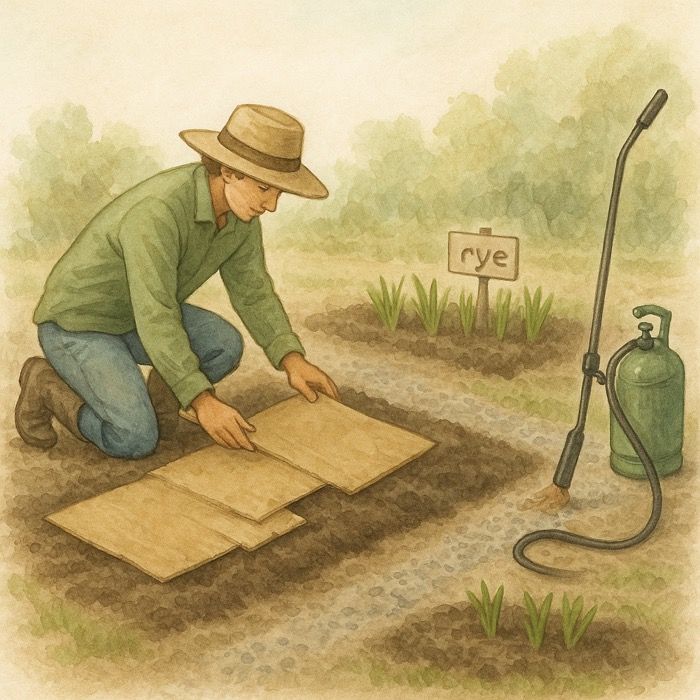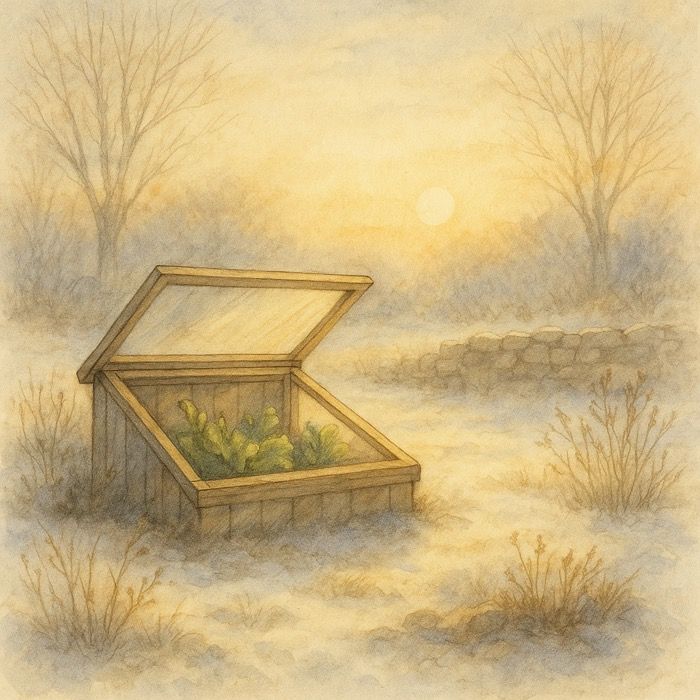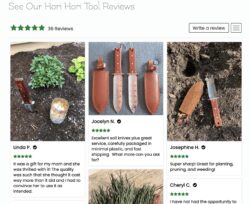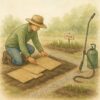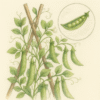Myth or Truth: Is Using Paper, Cardboard, and Crinkle Paper Beneficial for Your Garden?
Sustainable gardening is on the rise, and many gardeners are looking for eco-friendly alternatives to improve soil health, suppress weeds, and minimize waste. One popular practice is using materials like paper, cardboard, and crinkle paper in the garden. But is this a good idea, or is it just another gardening myth? Let’s dive into the facts and find out whether these materials are truly beneficial.
The Case for Using Paper and Cardboard in the Garden
Many gardeners have found success using paper and cardboard in their gardening practices. Here’s why:
- Weed Suppression – Paper and cardboard create a physical barrier that blocks sunlight, preventing weed seeds from sprouting. Cardboard is especially effective in sheet mulching and no-dig gardening. However, for maximum effectiveness, it’s important to layer cardboard with organic matter like compost or mulch. This prevents weeds from finding gaps and growing through.
- Soil Moisture Retention – Covering soil with paper or cardboard reduces water evaporation, helping the soil retain moisture for longer periods, especially during hot, dry weather.
- Organic Breakdown – Both paper and cardboard are biodegradable, meaning they’ll eventually break down and add organic matter to the soil. This decomposition improves soil structure, boosts microbial activity, and invites beneficial organisms like earthworms.
But are there hidden chemicals & additives that can reverse these benefits? Read on for more.
Crinkle Paper: A Mulch Alternative?
Crinkle paper, often used for packaging, might not be the first material you think of for gardening, but it has its advantages:
- Mulch Benefits – Crinkle paper can serve as a lightweight mulch, helping to retain soil moisture and suppress weeds. Its porous nature allows water to penetrate, making it a viable option for container gardens or smaller beds.
- Composting – As a carbon-rich ‘brown’ material, crinkle paper is a great addition to your compost bin. Pair it with nitrogen-rich ‘green’ materials like grass clippings or vegetable scraps to maintain a healthy balance.
Master Gardener Tip – Balance Your Nitrogen
Master Gardener Steve
When adding paper or cardboard to your garden as mulch or compost, it’s important to be mindful of nitrogen levels. Paper and cardboard are high in carbon, which can tie up nitrogen in the soil as they break down. This process, known as nitrogen immobilization, occurs because soil microbes use nitrogen to decompose the carbon-rich materials, potentially leaving less available for your plants. To avoid nitrogen deficiency, balance the carbon-rich paper with nitrogen-rich materials like grass clippings, kitchen scraps, or a light application of nitrogen-based fertilizer. This ensures your plants have the nutrients they need while still benefiting from the use of paper and cardboard.
Common Types of Paper and Their Uses in the Garden
1. Newspaper
- Overview – Made from recycled pulp, typically printed with soy-based ink.
- Gardening Use – Ideal for weed suppression or compost. Safe for most gardening uses, especially when layered with mulch or compost.
- Considerations – Avoid glossy or color-printed sections, as they may contain chemicals or coatings.
2. Cardboard
- Overview – Thick, layered paper used in packaging.
- Gardening Use – Excellent for large-scale weed suppression and as a base layer in lasagna gardening.
- Considerations – While most plain, uncoated cardboard is safe, some boxes may contain chemicals like formaldehyde or bleach. Always opt for chemical-free, plain cardboard. Also, cardboard can affect soil temperature, delaying warming in cooler climates. As the growing season progresses, consider removing the cardboard to allow the soil to warm up faster.
3. Brown Kraft Paper
- Overview – Strong and chemical-free, this paper is often used for packaging.
- Gardening Use – Great for mulching and soil protection.
- Considerations – It breaks down quickly and contributes carbon to the soil but may need to be replenished regularly.
4. Office Paper (Printer Paper)
- Overview – Processed and potentially bleached, this paper might not be the best choice for compost or soil contact.
- Gardening Use – Can be shredded for compost in small amounts.
- Considerations – Stick to unbleached, uncoated paper for best results.
5. Shredded Paper (Crinkle Paper)
- Overview – Often made from office supplies or packaging.
- Gardening Use – A suitable mulch for container plants or a carbon source for compost.
- Considerations – Avoid using glossy or colored paper, as these might contain chemicals that aren’t garden-friendly.
6. Corrugated Cardboard
- Overview – Thick and durable, with a fluted middle layer.
- Gardening Use – Ideal for long-term weed suppression in large areas.
- Considerations – Be sure to remove any plastic coatings or tape before using. As with plain cardboard, it may affect soil temperature.
7. Tissue Paper
- Overview – Thin, lightweight paper, often used in packaging or gift wrapping.
- Gardening Use – Best for composting, where it breaks down quickly.
- Considerations – Make sure it’s dye-free and chemical-free before use.
8. Glossy Paper (Magazines and Flyers)
- Overview – Coated with plastic or other chemicals to give it a shiny surface.
- Gardening Use – Not recommended due to potential chemical leaching.
- Considerations – Avoid glossy paper in the garden—it’s best recycled elsewhere.
Myth or Truth? Is It Safe to Use Paper and Cardboard in the Garden?
While using paper and cardboard can be beneficial, there are some myths and concerns to address:
- Myth 1: All Cardboard Is Safe
Not all cardboard is chemical-free. Some boxes contain chemicals like formaldehyde or bleach. To ensure safety, always use plain, uncoated cardboard, and avoid those with excessive printing, tape, or labels. - Truth: Weed Suppression Requires Layering
While cardboard effectively suppresses weeds, it’s important to layer it with compost or mulch. This helps prevent gaps where weeds can grow through and adds nutrients to the soil as the cardboard decomposes. - Myth 2: It Will Overheat the Soil
In colder climates, cardboard can delay soil warming. This can be a concern if you’re trying to plant early crops. Consider removing cardboard layers as the weather warms to allow the soil to heat up.
Alternatives to Paper and Cardboard for Mulching
If you’re looking for alternatives, there are other eco-friendly options for mulching and weed suppression:
- Newspaper – Another common and effective option. Be sure to avoid glossy sections.
- Leaves – Great for mulching and adding organic matter to the soil.
- Straw – A natural and lightweight mulch option that’s commonly used in vegetable gardens.
Troubleshooting Potential Issues
- Pests – Cardboard can sometimes attract pests like termites or rodents. To avoid this, avoid placing cardboard directly against the foundation of your home and regularly check for signs of infestation.
- Mold Growth – Paper and cardboard that remain too moist can develop mold. To prevent this, ensure the material has adequate drainage or cover it with mulch to regulate moisture.
Regional Considerations
The effectiveness of paper and cardboard in the garden can vary based on local climate and soil conditions:
- Cold Climates – Cardboard can delay soil warming, so it may be better suited for weed suppression during warmer months.
- Wet Climates – Cardboard and paper may break down more quickly in rainy environments. Adding an additional mulch layer can help prevent rapid decomposition and nutrient leaching.
Conclusion
Using paper, cardboard, and crinkle paper in the garden isn’t just a trend—it’s a proven method for improving soil health and controlling weeds when done correctly. By choosing the right types of paper and layering them properly, you can take advantage of these everyday materials while contributing to a sustainable garden ecosystem. Just remember to watch for potential issues like pests and mold, and make adjustments based on your local climate.
Here at Celtic Farm, the majority of our packaging can be used in the garden or compost bin, and relects our Green commitment.
For more eco-friendly gardening tips, check out our guide to organic fertilizers (organic fertilizer post).
Resources and Further Reading
The benefits of using paper, cardboard, and crinkle paper in the garden are supported by various academic studies. Research has shown that these materials can effectively suppress weeds, improve soil moisture retention, and contribute to organic soil health. Studies published in the Journal of Horticultural Science and Biotechnology and Environmental Science & Pollution Research highlight the effectiveness of cardboard and newspaper mulches for weed control and water retention. In addition, research from Soil Biology and Biochemistry demonstrates that paper and cardboard enrich the soil by fostering microbial activity and increasing organic matter. For those interested in composting, studies in Compost Science & Utilization show that shredded paper is an excellent carbon source, contributing to a balanced compost pile. While these materials are beneficial, some studies, such as those from the Journal of Integrated Pest Management, suggest being mindful of potential pest issues when using paper-based mulches.
More From Our Master Gardener
Recent Posts

❄️ Snow as Fertilizer – The Truth About “Poor Man’s Nitrogen”

5 Unexpected Winter Weed Control Strategies (That Don’t Involve Mulch)

Harnessing Winter Sun – Passive Solar Tricks for Your Garden

How to Grow Spinach – The Ultimate Beginner’s Guide for Tender, Nutritious Leaves

How to Grow Peas: The Ultimate Beginner’s Guide for Sweet, Crisp Harvests

